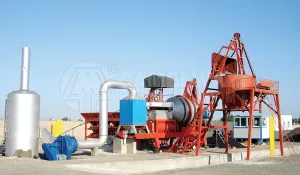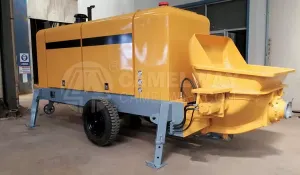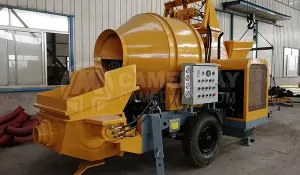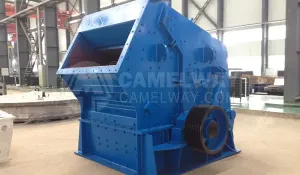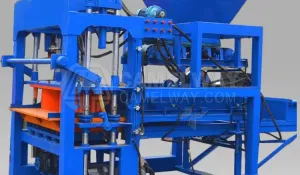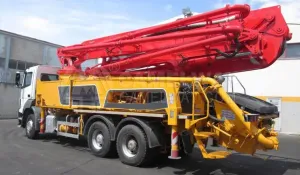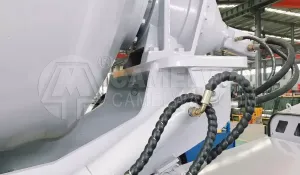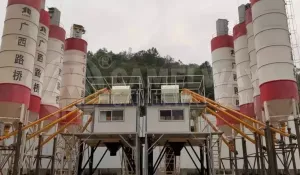JS750 Concrete Mixer has been designed for mixing materials of different natural and chemical types, there are No special technical knowledge is required to use the machine. however, that it is very important to have both experience and a knowledge of the product(s) being used.
JS500 can mix Inert substances in powder or granular form with particles having a maximum of 100 mm and a maximum quantity of 12% of the total, concrete, lime and mortar, refractory substances, chemical colorants, silica sand, resins, etc., with or without the addition of liquids such as water, additives, etc..
Using the machine outdoors poses no particular problems. It is advisable, however, to put a protective cover over the electrical components.
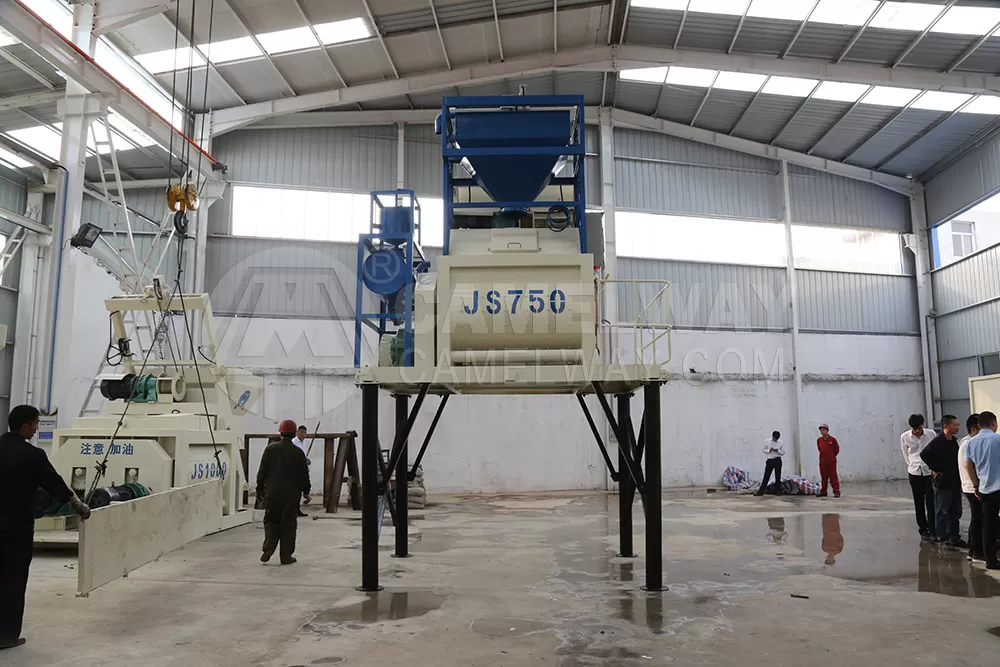
MIXING TANK: It is made in thick sheet still with an “OMEGA” shape and supported by a special tubolar frame which guarantees the best yield resistance. This leads to the stiffness nd constant alignment of the axles obtained by machining the support flanging. The tank is completely protected by a raised fairing that allows an easy access to and inspection of the mixing devices. Rubber strips on the doors guarantee a perfect dustproff seal and a key-operated safety device stops the mixing operation if the inspection door is opened.
MIXING ARMS: They are made in spheroidal pearlitic cast-iron with an helicoidal shape. They are set in such a position to guarantee a perfect homogenizing of the mixture.
SEALS OF THE SHAFTS: The seal against the concrete leakage from the mixing tank consist of two rectified steel wheels that turns opposing in pressure.Should the grout percolate, due to a faulty metal seal, the machine can still operate (bearings are separated and far from the seals),but it is recommended to frequently clean the interstice between the bearing and the seal and to substitute at soonest the damaged seals.
MIXING REDUCTION GEARS: They are the epicyclit type. They have been designed and improved with the time just to withstand the heavy working stress and running over more than a shift. Power transmission between motors and reduction gears is operated by means of pulleys with “V” belts. Shaft rotation synchronism is guaranteed by a homokinetic joint.


